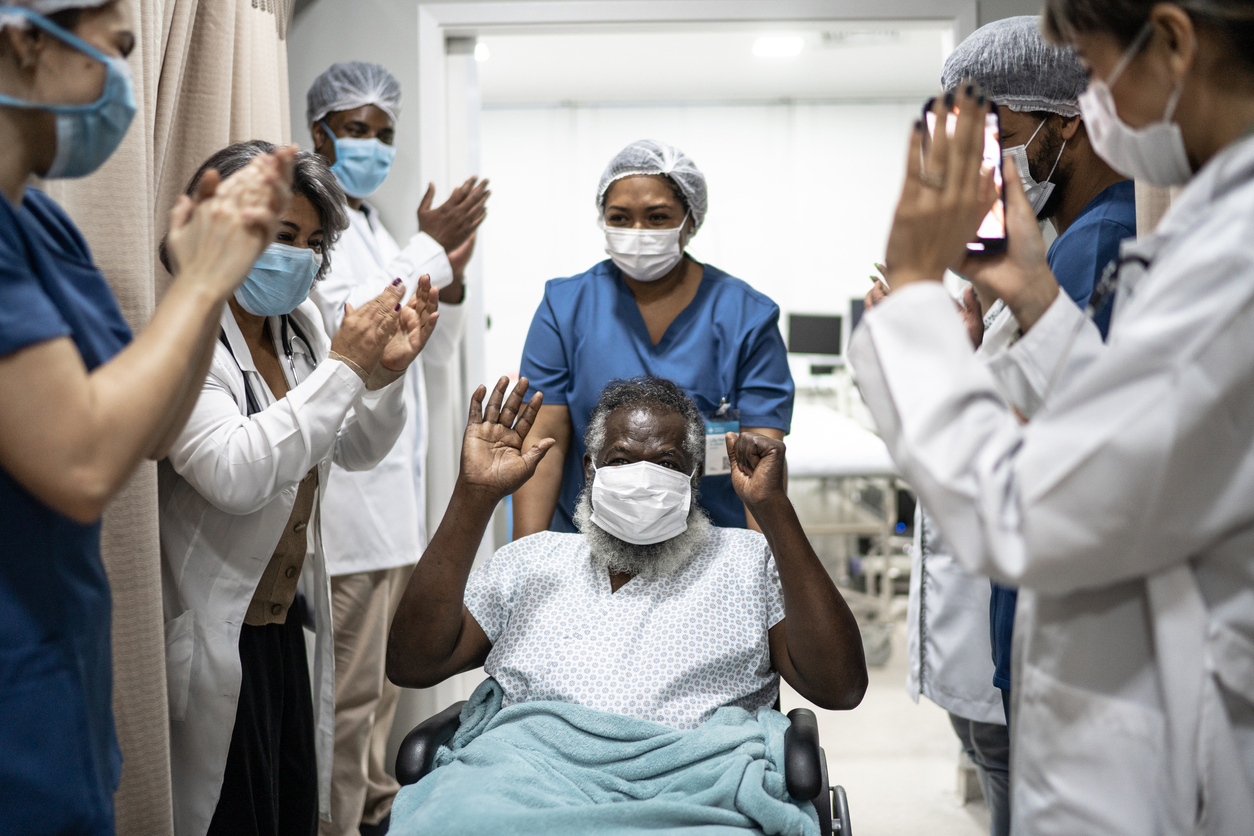
Behavioural Neuroscience: This branch examines the relationship between the brain and behaviour, focusing on how neural activity influences human actions and reactions. It investigates various aspects of behaviour, such as learning, memory, motivation, emotions, and decision-making.
Cognitive Neuroscience: Cognitive neuroscientists explore the neural basis of cognitive processes, including perception, attention, language, problem-solving, and decision-making. They seek to understand how the brain processes information and gives rise to conscious experiences.
Clinical Neuroscience: Clinical neuroscience concentrates on the study of neurological disorders, their diagnosis, treatment, and management. It involves neurologists and other medical professionals working together to improve the lives of patients with conditions like epilepsy, stroke, Alzheimer’s disease, and multiple sclerosis.
Molecular and Cellular Neuroscience: This area of research investigates the cellular and molecular mechanisms that underlie nervous system function. It explores how individual neurons communicate and interact, as well as the role of neurotransmitters and cellular processes in brain activity.
Developmental Neuroscience: Focused on the growth and maturation of the nervous system, developmental neuroscience examines how the brain and neural connections form during embryonic development and throughout early life.
Computational Neuroscience: This interdisciplinary field uses mathematical and computational models to simulate neural activity and understand brain function. It aims to create computer models that mimic brain processes and assist in interpreting complex neural data.
Neurosciences encompass a wide range of diseases and disorders that affect the nervous system, including the brain, spinal cord, and peripheral nerves. Some of the major diseases that fall under the umbrella of neurosciences include:
It’s important to note that this list is not exhaustive, as neurosciences cover a broad range of diseases and conditions that affect the nervous system. Each of these conditions requires specialized diagnosis, treatment, and management by healthcare professionals with expertise in neurology and related fields.
Medication: Many neurological disorders can be managed with medications that help control symptoms, reduce inflammation, or modulate neurotransmitter levels.
Physical Therapy: For conditions affecting mobility and motor skills, physical therapy can improve strength, balance, and coordination.
Occupational Therapy: This type of therapy helps individuals with neurological disorders regain the skills needed for daily living and work-related activities.
Speech Therapy: For patients with speech and language difficulties resulting from neurological conditions, speech therapy can be beneficial.
Surgery: In some cases, surgical intervention may be necessary to remove tumours, alleviate pressure on the brain or spinal cord, or address certain neurological conditions.
Electroconvulsive Therapy (ECT): ECT is a treatment option for severe depression and certain psychiatric disorders that involve inducing controlled seizures under anaesthesia.
Deep Brain Stimulation (DBS): DBS involves the implantation of electrodes in the brain to modulate abnormal neural activity and manage conditions like Parkinson’s disease and epilepsy.
Rehabilitation Programs: For patients recovering from neurological injuries or strokes, rehabilitation programs offer a multidisciplinary approach to aid in recovery and improve quality of life.
Connect with top Hospitals/Doctors in India Treatment With Incomparable Personal Care